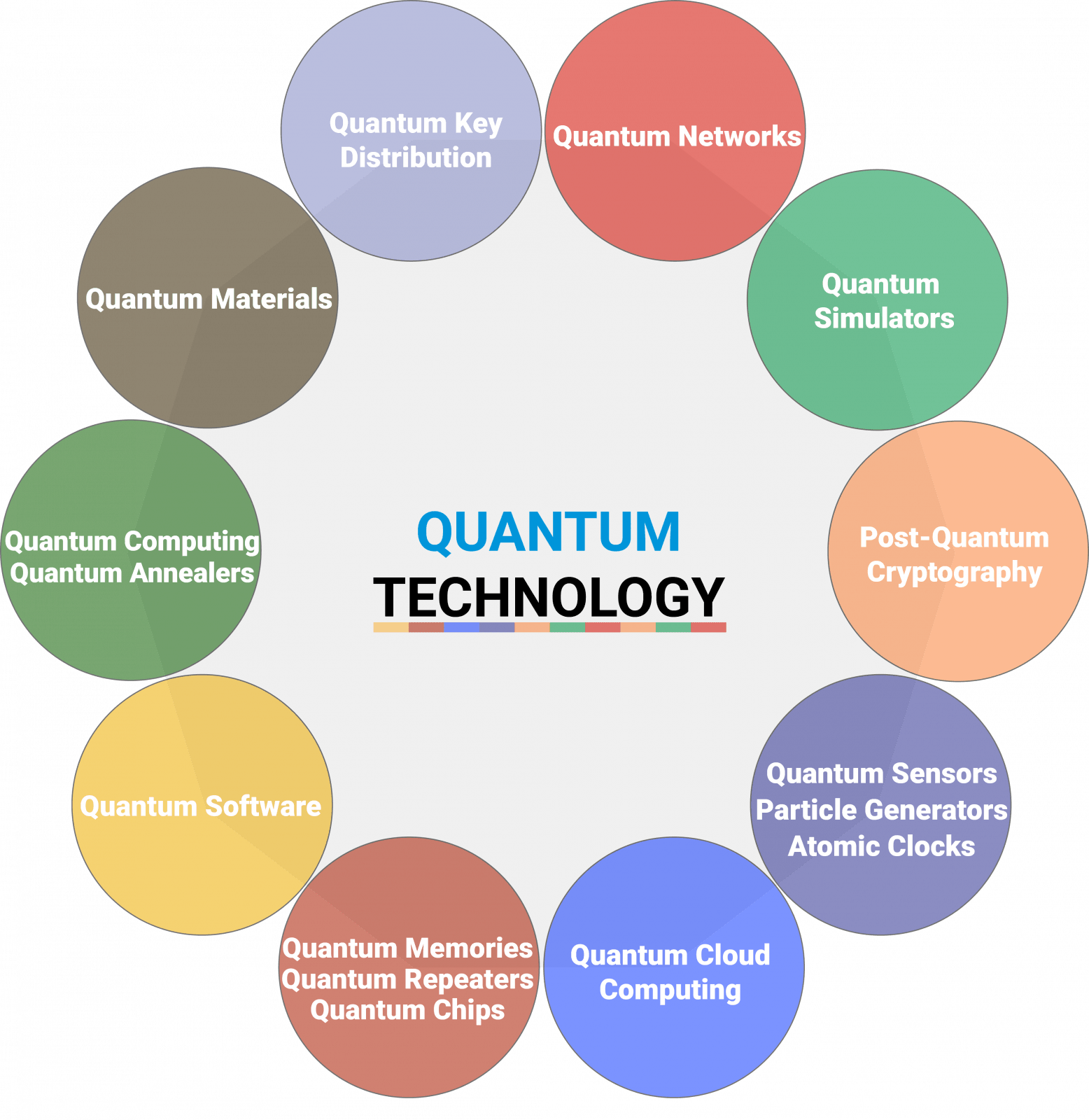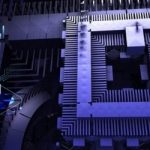Low-Power Cryptography Means Opportunities For The Chip Industry In IoT PQC

(IQTBlog) Many millions of the projected devices in the “Internet of Things” (IOT) will be wireless, very low power battery-operated devices with small microcontrollers and small memories. Current public key encryption will leave such devices vulnerable to attack by as quantum computers become available. Today’s post quantum cryptography techniques require more power and memory than many of these IOT devices possess.
Recently, MIT researchers have designed a novel post-quantum lattice cryptography demonstration chip with low power IOT devices in mind. The research was presented at the 2019 ISSCC conference. Lattice cryptography is one of the leading candidates for practical implementation but is computationally intense and currently not suitable for many low power IOT applications.
The advances made by the MIT team demonstrate hardware and algorithm improvements that can be applied to lattice cryptography in the near future to allow improved quantum computer resistant encryption in low power IOT devices which will become ubiquitous in the near future. The window of opportunity for chips of this kind is probably three to five years as IoT becomes a reality and PQC standards and products become stabilized. We also think there is an extended opportunity to apply the lessons from this work to other NIST approved cryptography algorithms. Look for startups that address this opportunity in the near future.
For more information on Inside Quantum Technology’s take on lattice cryptography and other post quantum cryptography: (Post-Quantum Cryptography: A Ten-Year Market & Technology Forecast)


















